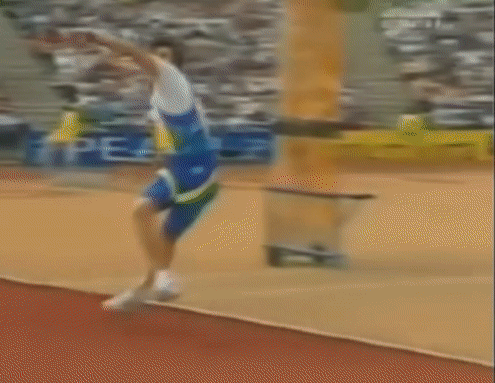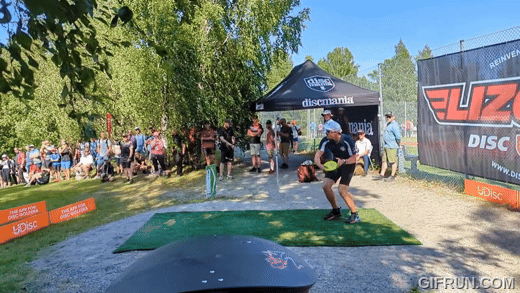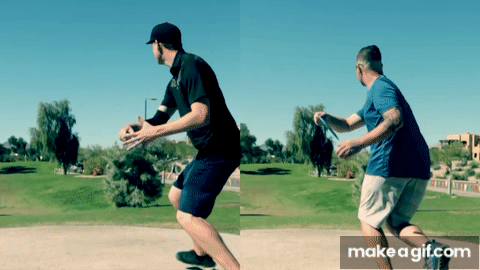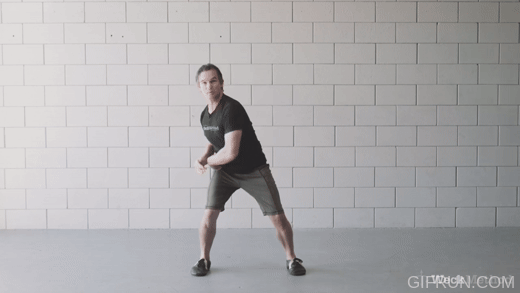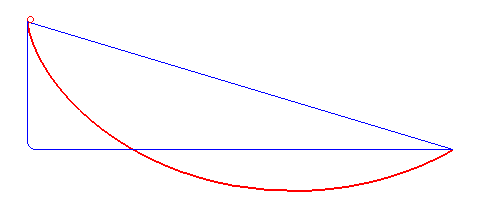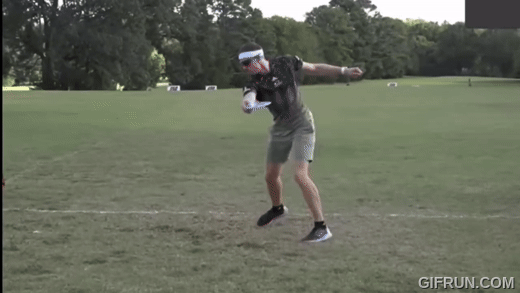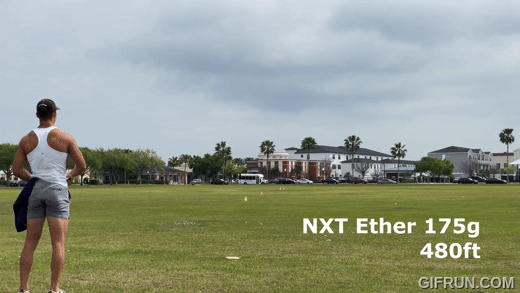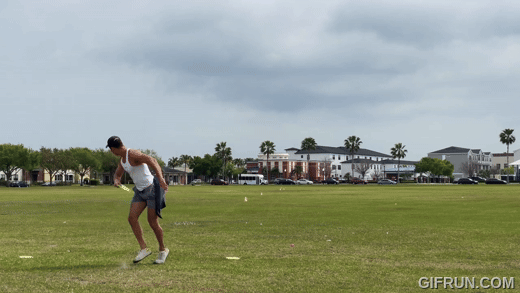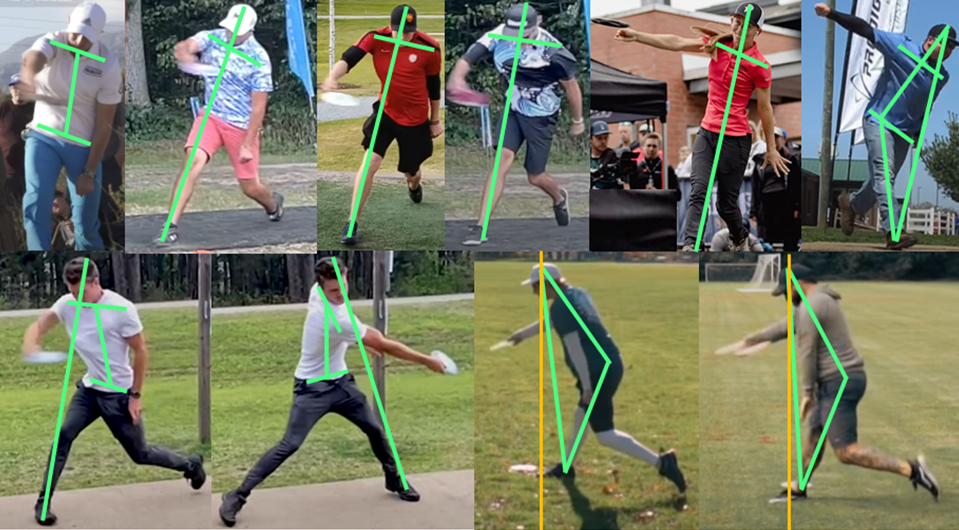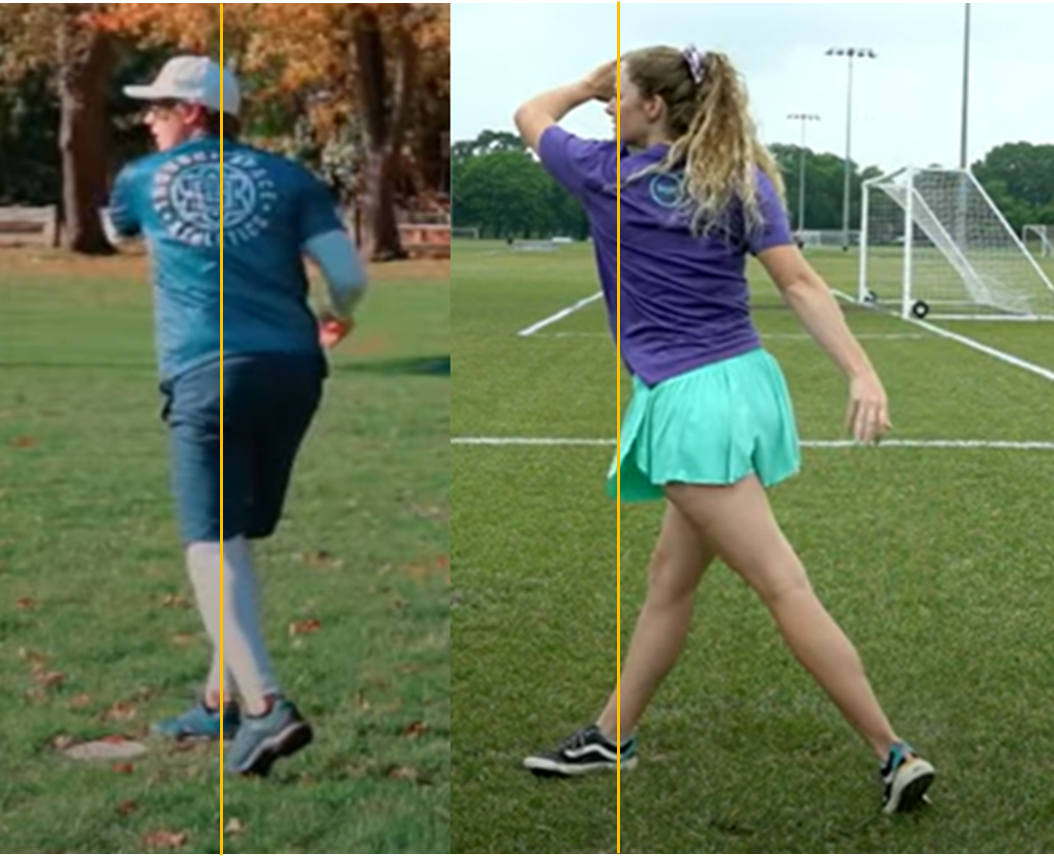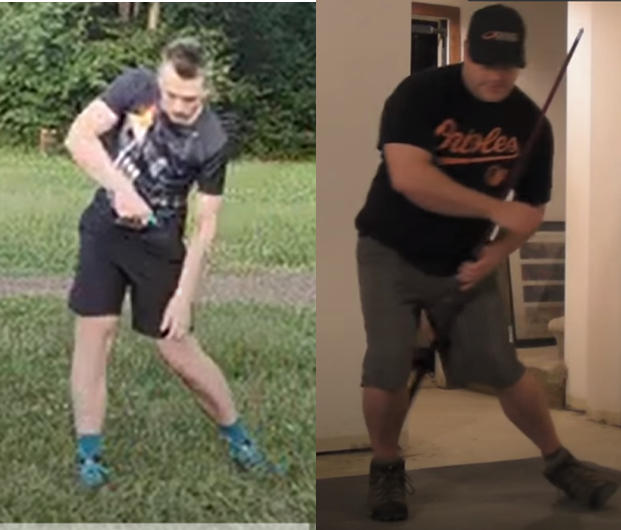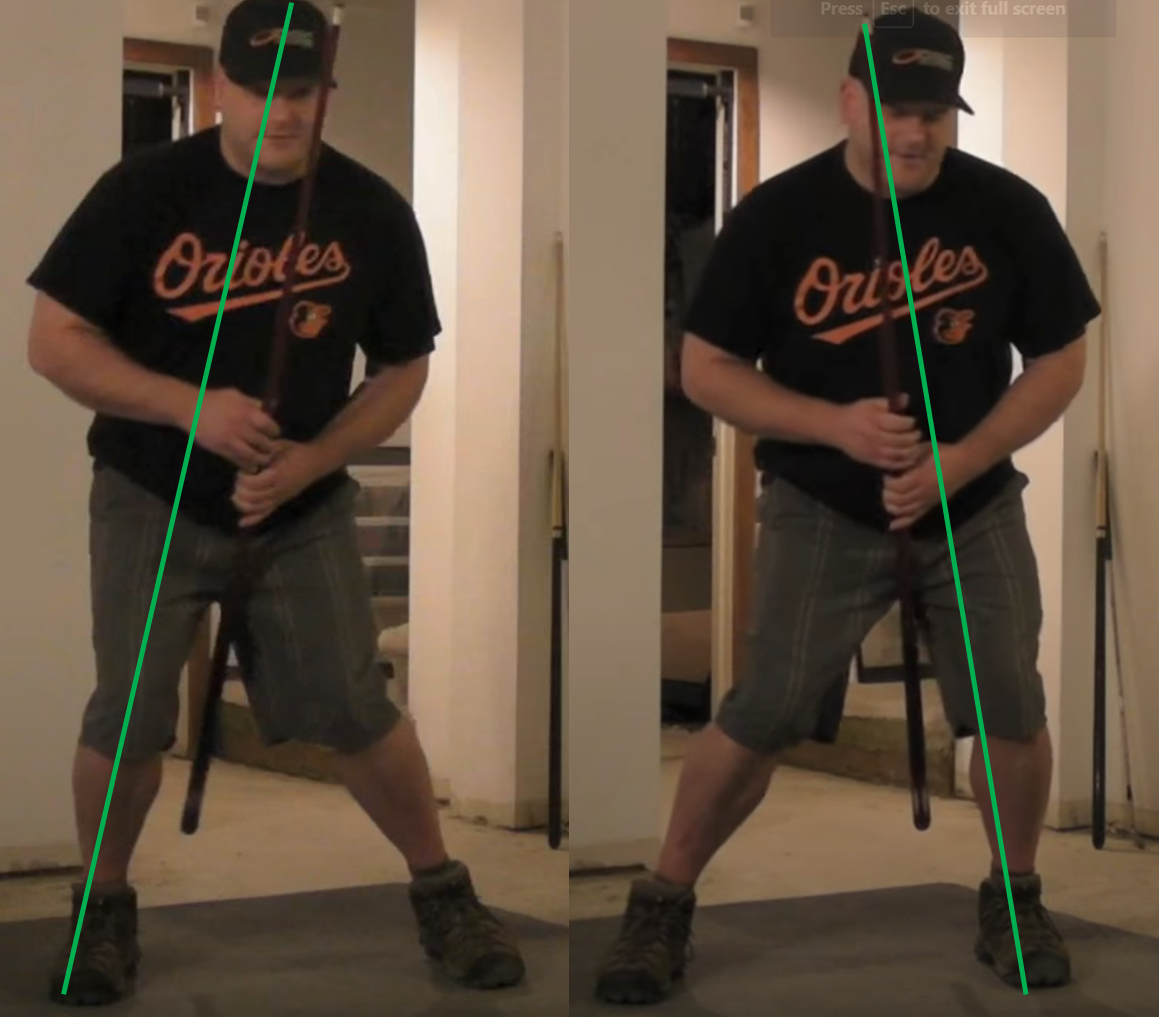I'll try to shorten whatever post is next, but I am trying to figure out how to say this thoroughly enough to prime where I am nudging you to go. I am hoping that if I can get you to
do it even once you'll immediately get the point. I think/hope you will learn this faster than I did once you get that first body "aha" to click.
The Pratt drill and its real lesson
Go to 3:00 in that Pratt video. That's the drill. I cannot tell you how many times I have someone try it and they think they're doing it right, but then either (1) use open "shifting from in front" instead of closed-to-target "shifting from behind" mechanics with a compensatory balance rather than athletic balance and (2) do not get as deep as possible into the move, which is almost always related to balance problems in their X-steps and standstills. So I call it the "best drill" from that perspective because I use it as both a diagnostic and fundamental lesson. I would recommend showing you trying to do it. Sidewinder has a decade's lead of experience on me, but I can confirm that when people can't do a drill correctly, it is almost always the case that they are not implementing it in the throw correctly. Sometimes you then need to swap to other things to get things to "click" or deal with upstream causes in that case.
OLD things viewed anew
Totally understand your OLD strategy, but also been there done that and saw your lack of tilted axis right away in your techdisc vids. Probably best for me to expand here and in then in general in the thread I'm organizing. The fundamental problem is that, like the CoM, balance is a
construct and not something that shows up on camera. We see the effects of being in or out of balance, but never observe it directly. I think that's why the coaching space either (1) ignores it or (2) is completely confused and delivers mixed messages about it. But I was a dancer before a disc golfer and I cannot make complete sense out of how pros move without it. I am still surprised at how my body is picking up "oh, that's what a dancer does in this or that pattern" motor learning, just in athletic posture. And Waltz has tilt built into the fundamentals from the intermediate level on up.
View attachment 336922
IMHO and experience the toes down OLD drill usually works better after you deeply encode the tilted axis as part of every throwing move. Advanced golfers usually get the rear toes down move quicker. But the CoM is covering so little distance that it can be hard to distinguish when you are (1) spinning on the front leg vertically rather than also using tilted balance and (2) actually balanced on the front leg vs. tipping off of it. I'm getting convinced it's one of those body-brain problems that takes most people additional work to get right. Which is fine because there are tools for that and then you just need patience and time!
I agree you plant side is working better than your drive side overall, though sans most of the tilted axis each way. I think if you do OLD, I would start letting at least some pressure onto the rear foot like you're showing there. SW might advise a different starting stance at this point.
In any case, in your drill move in athletic posture there, I can tell you are still not balancing on the rear leg in your kick back. You should be able to maintain the posture indefinitely before shifting forward just like Sidewinder shows in his Hershyzer drills. I think you are tipping over instead, and then when you plant you are throwing on the mostly vertical axis.
So my second recommendation is to show you doing Double Dragon standing much taller and kicking back
directly at the camera letting your plant leg come back all the way more ballistically. SW and I can probably point out how to convince your brain and body to "get it" from there, and if you prefer to have more hip hinge/athletic depth after that it's fine. The point of standing taller is really just to give you access to the fullest range of motion and the largest feeling from gravity, which is one way to "hack" balance problems faster. I will always stand taller because I am less athletic than you, but the balance fundamentally works the same for any stance or stance depth.
Are all OLDs created equal? The problem with misunderstanding balance
Please remember that any time I say something like the following I am critiquing the moves and concepts, not the person. It is usually after I have been through something myself for a long time and cross-referenced other sports that I get more open about my comments.
Unfortunately, Trebuchet gets his CoM trapped between his feet and throws on a mostly vertical axis without ever being fully balanced on the front leg. His body gets trapped behind the brace and he actually just tips off the plant foot back South because he is never really balanced on it like walking or running:
View attachment 336921
He uses a "two rails" concept that does not include (1) natural locomotion or the "Figure 8" you see on DGCR or (2) tilted balance, which is part of what I mention in the "East West" edit I added in the post that cued this discussion. Here's the direct link, see the part after I wrote his "three tracks" comment:
cRyDnUr9dqQ I'm not sure how I feel about this. I can with more certainty say I don't 100% agree. I think I see the idea here, but... There were a few really... Weird comments and demonstrations. I can also say I don't think he understands the elephant walk/drill.

www.dgcoursereview.com
Here's Caroline Henderson making a version of Trebuchet's mistake vs Simon:
Here's a guy making a version of Trebuchet's mistake vs. Sidewinder's Ride the Bull (which encodes the same idea as all his other tilt drills, over and over):
See also 1.7 in Fundamentals document. I think more can be said and shown there which is why I will start a Tilted Axis/Spiral thread, but I don't think it did a terrible job and stating the fundamental cross-sports idea.


